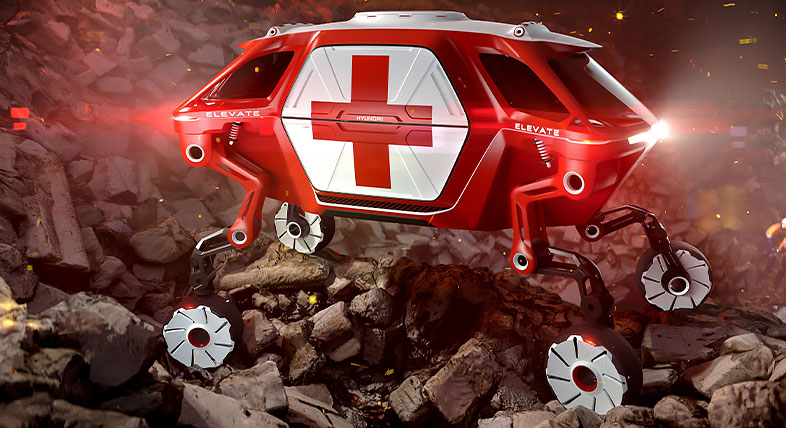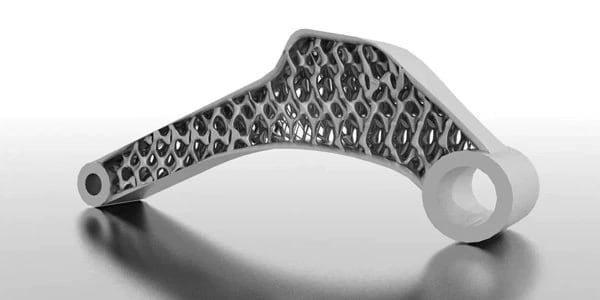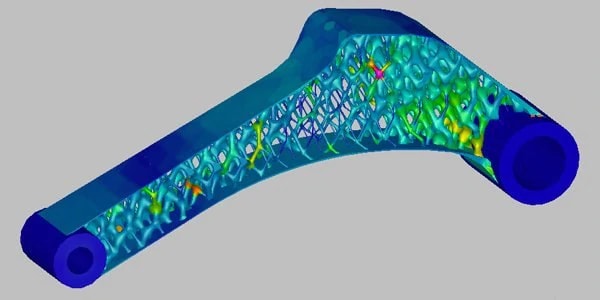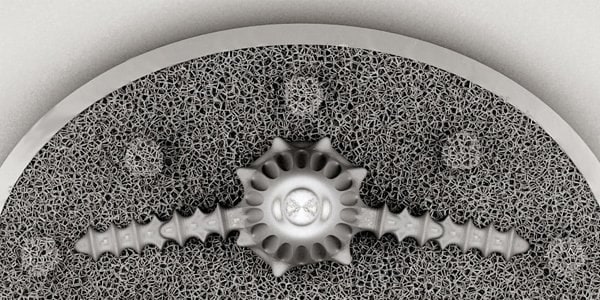Generative Design
Quickly generate high-performing design alternatives—many that you’d never think of on your own—from a single idea. With generative design, there is no single solution; instead, there are multiple great solutions. You choose the design that best fits your needs.
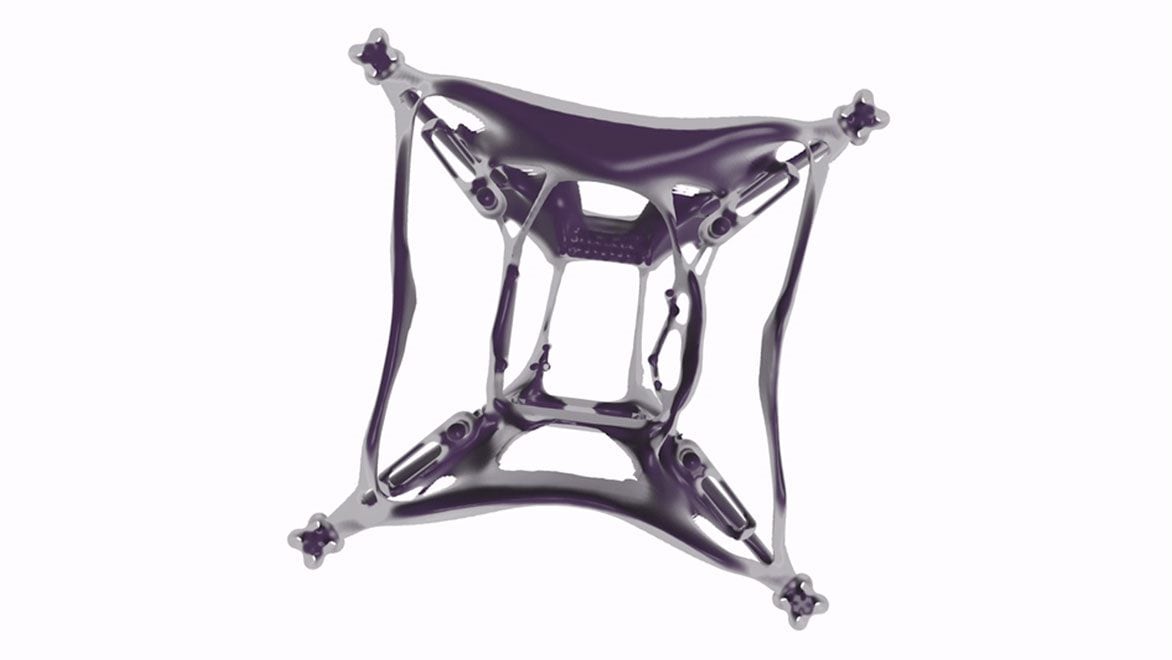
What is generative design?
Generative design is a design exploration process. Designers or engineers input design goals into the generative design software, along with parameters such as performance or spatial requirements, materials, manufacturing methods, and cost constraints. The software explores all the possible permutations of a solution, quickly generating design alternatives. It tests and learns from each iteration what works and what doesn’t.
Generative design by industry

Generative Design for Product Design and Manufacturing
Helps you explore more CAD-ready design options that are optimized for cost, material, and production method.
Image courtesy of Briggs Automotive Company

Generative Design for
Architecture, Engineering & Construction
Helps you explore solutions by rapidly testing, analyzing, and evaluating iterations for building design challenges.
Benefits of generative design
-

Explore a wider range of design options
In the time you can create one idea, a computer can generate thousands, along with the data to prove which designs perform best.
-

Make impossible designs possible
Generative design lets you create optimized complex shapes and internal lattices. Some of these forms are impossible to make with traditional manufacturing methods. Instead, they're built using new additive manufacturing methods.
-
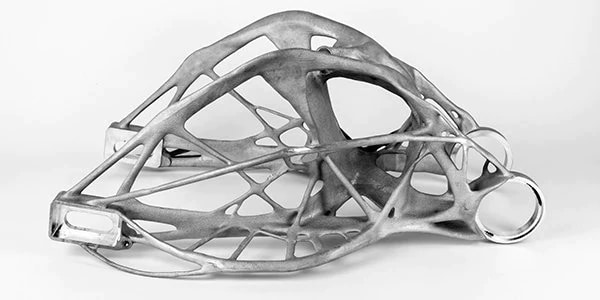
Optimize for materials and manufacturing methods
Set goals and parameters, and the software will create high-performing design options based on those constraints. The software resolves conflicting design constraints so you can focus on innovating.
From aerospace to architecture and construction
Generative design is out of the lab and being used in the field. Learn how the world's most innovative companies are using this technology today.
-
Automotive
From light-weighting components to parts consolidation, Autodesk generative design is being used by companies shaping the future of the automotive industry.
-
Aerospace
With design and manufacturing goals around weight reduction, environmental impact, and safety, the aerospace industry is adopting generative design to explore new design options and improve performance.
-
Consumer goods
The ability to simultaneously generate multiple CAD-ready, process-aware solutions to a design problem has a positive impact on innovation and productivity.
-
Architecture and construction
As demonstrated with the layout and design of the Autodesk Toronto office, generative design technology can help you explore solutions for goals and constraints outside of manufacturing.
-
Industrial machinery
Manufacturers of specialty tools and equipment are proving that Autodesk generative design can help them break innovation barriers.
-
Building products
Industrial building products suppliers are proving complex assemblies can be simplified with the help of generative design and additive manufacturing.
